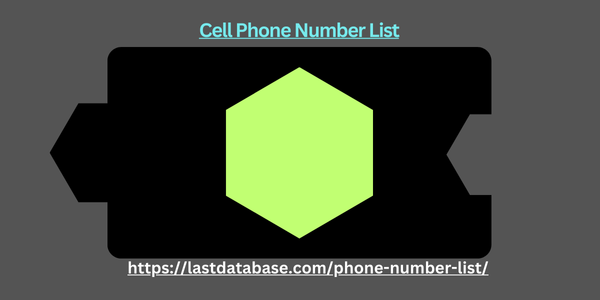Demystifying the Leading 1: Why Phone Numbers Start With It (And Why Not Always)
Have you ever wondered why some phone numbers begin with a “1” while others don’t? This seemingly simple question dives into the fascinating world of international dialing codes and regional numbering plans.
The Power of 1: The North American Numbering Plan (NANP)
In North America (which includes the United States, Canada, Bermuda, and some Caribbean nations), the leading “1” signifies the region. It’s the country code designated by the International Telecommunication USA Cell Phone Number List Union (ITU) for the North American Numbering Plan (NANP). Think of it as the area code for the entire continent! So, when you see a phone number starting with “1,” it indicates a number within this specific region.
Beyond Borders: Dialing Internationally
If you’re calling a number outside of North America, you’ll need the international dialing prefix “+” followed by the country code. For instance, to call a number in France, you would dial “+33” before the local ph Quick Signs one number. The leading “1” wouldn’t be used in this scenario.
The Disappearing Act: Why You Might Not See the Leading 1
With the rise of mobile phones and pre-programmed contact lists, you might not always see the leading “1” displayed. Since your phone understands you’re calling within the same region (NANP), it might automatically remove the “1” for convenience. However, it’s still technically part of the phone number for international calls or specific dialing situations.
A Fun Fact: The History Behind It All
In the early days of telephones, rotary dials and mechanical switching systems relied on specific prefixes to distinguish local calls from long-distance calls. The “1” was chosen for the NANP to streamline this process.
So, do phone numbers start with 1?
The answer depends on the context. For phone numbers within North America, the leading “1” is technically part of the number but might not be displayed. For international calls, you’ll need the full country code, not just the leading “1.”
